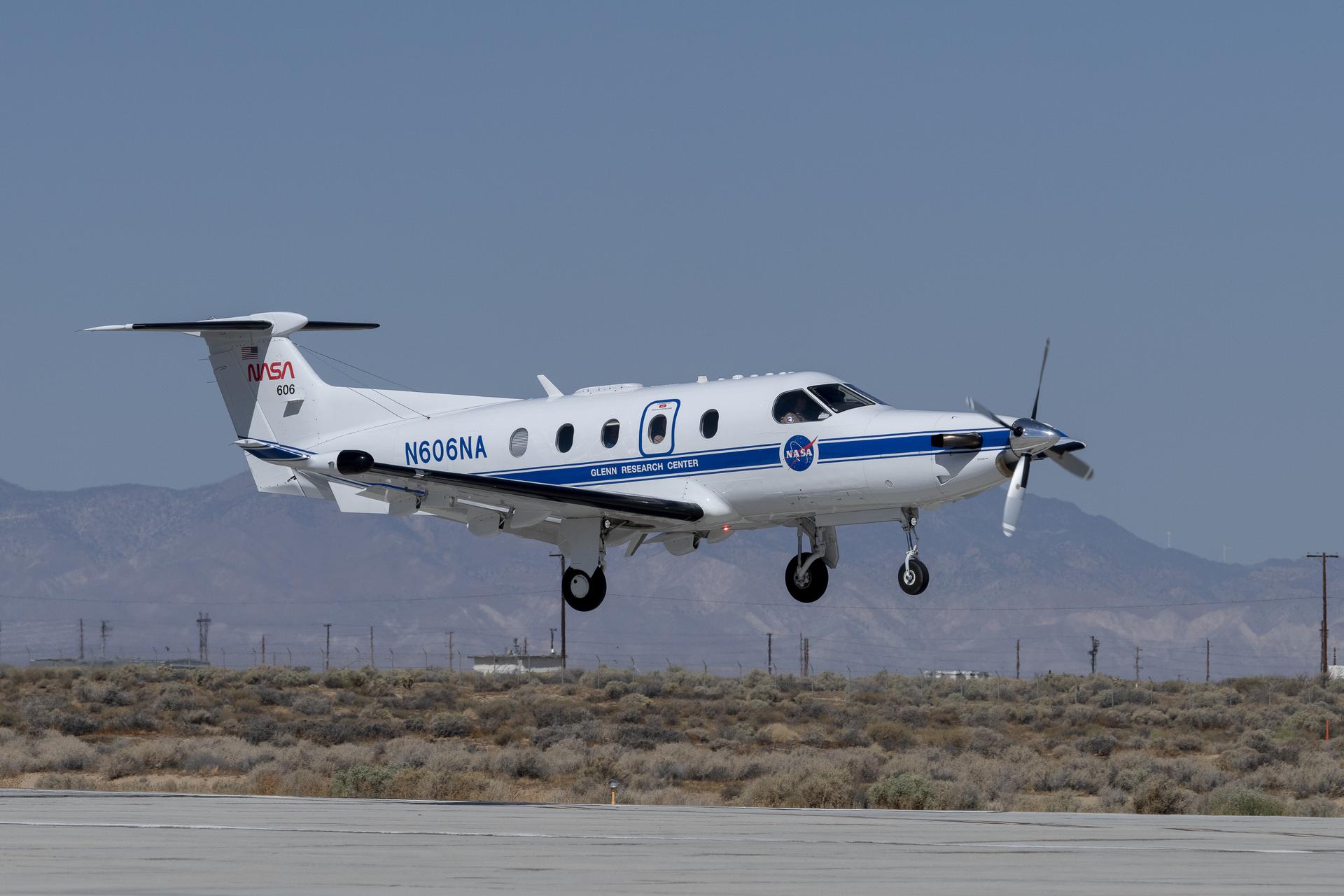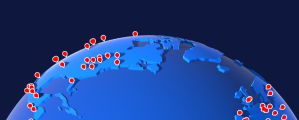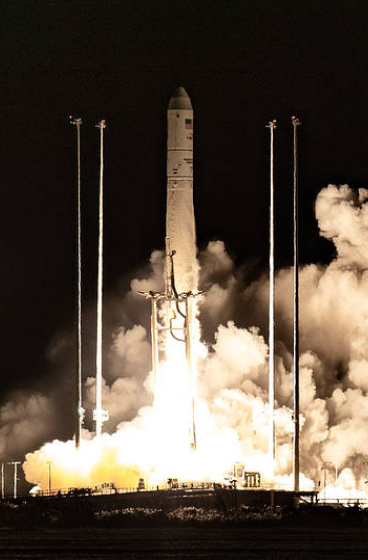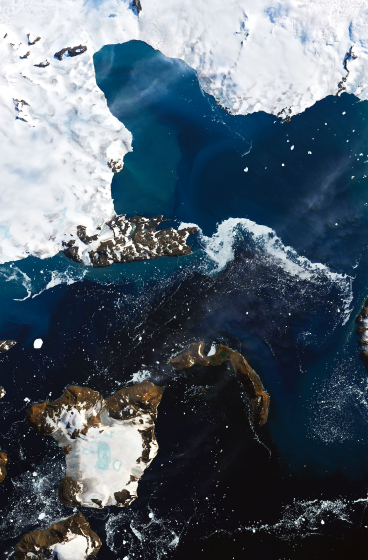Analysis of data from nasa radar aboard an airplane shows that the decades-old active landslide area on the palos verdes peninsula has expanded.
Researchers at nasa’s jet propulsion laboratory in southern california used data from an airborne radar to measure the movement of the movement of the move-moving landslides on the palos verdes peninsulas in los angelsulas in los. The analysis determined that, during a four-wheelk period in the fall of 2024, land in the Residential Area Slid Toward the Ocean by as much as 4 incimters) per weekk.
Portions of the peninsula, which juts into the pacific ocean just south of the city of los angeles, are part of an ancient complex of landslides and has a been moving for at least the past six Local communities. The Motion Accelerated, and the Active Area Expanded Following Record-Breaking Rainfall in Southern California in 2023 and Heavy Precipitation in Early 2024.
To create this visualization, the advanced rapid imaging and analysis (Aria) Team used data from four flights of nasa’s uninhabited aerial vehicle synthetic aperture radar (UAVSAR) That took place between sept. 18 and Oct. 17. The UAVSAR Instrument was mouted to a gulfstream III jet flow of nasa’s armstrong flight research center in edwards, California, and the Four Flights Were Planned to Estimate and DIRECTION Three dimensions.
In the image Above, Colors Indicate How Fast Parts of the Landslide Complex was moving in late September and October, with the Darkest Reds Indicating The Highest Speeds. The Arrows REPRESENT The Direction of Horizontal Motion. The White Solid Lines are the boundaries of the active landslide area as defined in 2007 by the california geological survey.
“In effect, we’ree Ide scientist who performed the analysis.
The insights from the uavsar flights were part of a package of analyses by the aria team that also used data from esa’s (the european space agency’s) Copernicus Sentinel-1A/B SatellitesThe analyses were provided to california officials to support the state’s response to the landslides and made available to the public at Nasa’s disaster mapping portal,
Handwarger is also the Principal Investigator for Nasa’s Upcoming Landslide Climate Change Experiment, which will use airborne radar to study how extrame wet or dry precitation patterns people. The Investigation will include flights over coastal slopes spanning the california coastline.
More about Aria, UAVSAR
The Aria Mission is a collaboration between jPL and caltech, which manages jPL for nasa, to leverage radar and optical remote-sensing, GPS, and Seismic Observations for Science for SCIENCE as Well as aid in disaster. The Project Investigations and Impacts of Earthquakes, Volcanoes, Landslides, Fires, Subsurface Fluid Movement, and Other Natural Hazards.
UAVSAR HAS Flown Thousands of Radar Missions Around the World Since 2007, Study Phenomena Such as Glaciers and Ice Sheets, Vegetation in EcoSystems, and Natural Hazards LIKES LIKE EARTHQUAKES, VolCanoes, and Landslides.
News media contacts
Andrew Wang / Jane J. Lee
Jet Propulsion Laboratory, Pasadena, Calif.
626-379-6874 / 818-354-0307
andrew.wang@jpl.nasa.gov , jane.j.lee@jpl.nasa.gov
2025-012
Share
Details
Related terms
(Tagstotranslate) Airborne Science (T) Armstrong Flight Research Center (T) Earth (T) Earth Science (T) Earth Science Division










